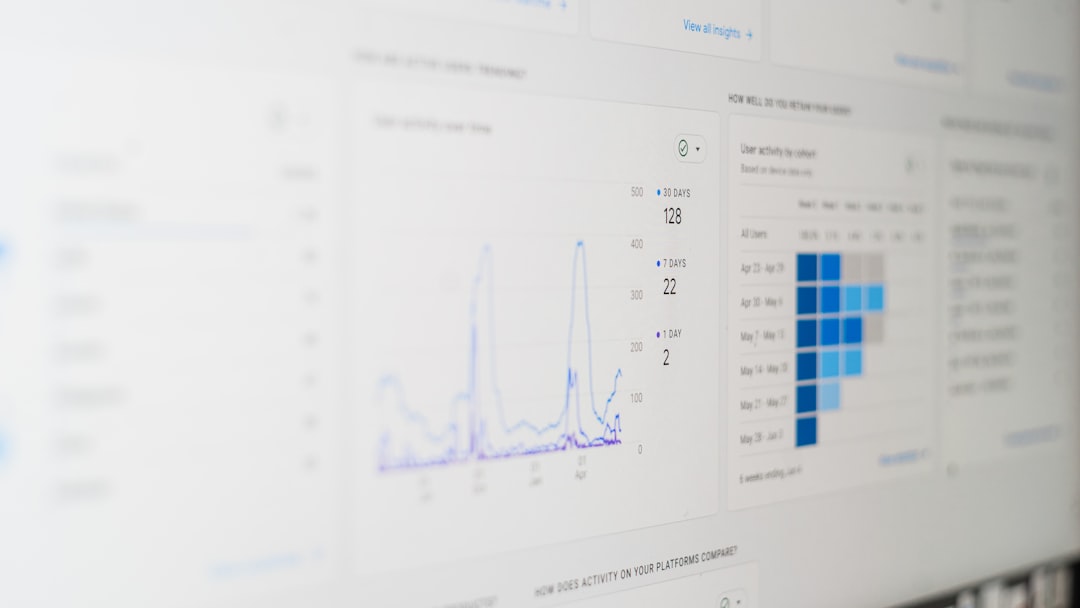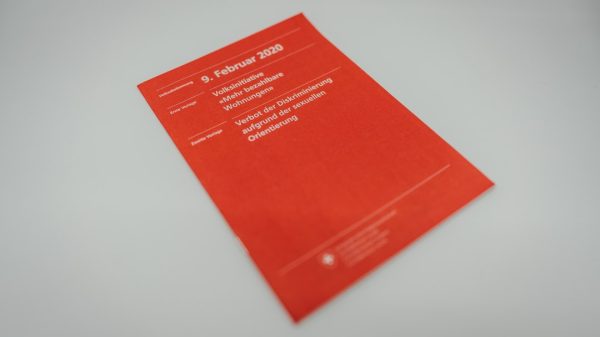In the world of data, numbers are more than numbers. They tell stories, reveal patterns, and drive decisions. That’s what Business Intelligence (BI) is all about. A capstone project in BI brings all your skills together in one big challenge — from raw data all the way to smart insights. It’s like a final test, but also a fun journey!
This guide will walk you through a BI capstone project step by step. We’ll keep it simple, use plain language, and add a little fun along the way.
What Is a BI Capstone Project?
A BI capstone project is like a final mission. You take everything you’ve learned about data and apply it to solve a real-world problem. This means:
- Collecting data
- Cleaning and organizing it
- Analyzing patterns
- Building visuals
- Sharing smart insights
The cool part? You get to be the data detective. And your report or dashboard is the final answer to a business question.
Why Is It Important?
Employers love to see BI capstone projects. They prove you can turn data into action. Also, these projects show you know your tools and can communicate findings like a pro. It’s more than a class exercise—it’s a real example of your skills.
The End-to-End Journey
Let’s break it down. A full BI case project usually has these main stages:
- Define the Problem
- Gather the Data
- Clean and Transform
- Analyze
- Visualize and Report
Each step is a puzzle piece. Together, they build a clear picture.
1. Define the Problem
Start with a question. It must be clear and focused. For example:
- Why are monthly sales dropping?
- Which product brings the most profit?
- What factors affect customer churn?
This guiding question helps keep the project on track. Without it, you could swim forever in a sea of data.
2. Gather the Data
Now it’s time to collect your clues—your data. You might:
- Pull from Excel sheets
- Connect to a database
- Use online datasets
Make sure the data is reliable and covers what you need. More is not always better. Quality wins over quantity.

3. Clean and Transform
This part isn’t flashy, but it’s crucial. Dirty data leads to wrong insights. So you must:
- Fix typos or blanks
- Remove duplicates
- Convert formats (like dates or numbers)
- Join or merge tables
You can use tools like Power Query, Python, or SQL. Think of this as polishing a mirror. Only clean data can reflect the truth.
4. Analyze
Now the fun begins. You start asking your data specific questions based on the original problem. For instance:
- Which products had the most sales last quarter?
- What was the average order value each month?
- Is there a link between delivery times and customer satisfaction?
This is where BI tools shine. Use Power BI, Tableau, Excel, or other platforms to dig into patterns. Pivot tables, charts, and filters are your best friends.

5. Visualize and Report
You’ve done the work. Now you must show it in a way that makes sense. That’s the magic part.
Dashboards and reports turn raw information into stories. Use visuals like:
- Bar charts
- Line graphs
- Heat maps
- Pie charts (but not too many!)
Highlight the key insights. Make it beautiful, simple, and smart. The goal is for someone to look at your report and go, “Aha, now I get it!”
Example Case: The Coffee Shop Conundrum
Let’s walk through a fun BI project. Imagine this:
A regional coffee chain wants to understand why profits dropped in the last two months. They believe it may be related to customer behavior or seasonal trends.
Step-by-Step Example
- Step 1: Define – “Why are profits down in October and November?”
- Step 2: Gather – Pull data on sales, weather, customer visits, and inventory from the past year.
- Step 3: Clean – Standardize store names, fix missing dates, and remove duplicate transactions.
- Step 4: Analyze – Discover that average spending per customer dropped. Also, more complaints about cold coffee!
- Step 5: Visualize – Create a dashboard showing trend lines, complaint heat maps, and profit per product.
From these insights, you recommend adding more staff training and adjusting the coffee machines for faster service. Boom—data-driven success!
Tools to Use
You don’t need fancy gear to finish your BI capstone, but these tools help:
- Power BI – Great for dashboards and reports
- Excel – Easy to use for quick analysis
- SQL – Helps extract and shape data from databases
- Python – Good for deeper analysis with Pandas and matplotlib
- Tableau – Another awesome tool for storytelling with data
Tips for Success
You’re almost there! Here are some tips to keep in mind:
- Keep it simple – Don’t overload with charts. Focus on the key points.
- Use color wisely – Colors should help, not confuse.
- Tell a story – Your report should flow like a story. Intro, problem, evidence, solution.
- Know your audience – Are you presenting to executives or technical teams? Adjust your words and visuals.
- Practice presenting – Walk through your report out loud. If it’s confusing to you, fix it before sharing.
What You Gain
A BI capstone project is not just the last box to check. It’s your moment to shine. You’ll get:
- A real example to show employers
- Confidence in solving data problems
- Stronger skills in tools and storytelling

Conclusion
BI capstone projects may sound big, but they’re just step-by-step adventures. You take a business question, use your data powers, and deliver insights that matter. It’s like data magic, but real.
So, pick a topic that excites you. Get your data. And let the BI journey begin!


































